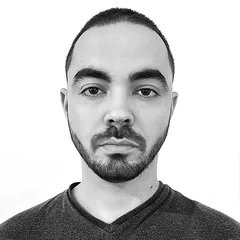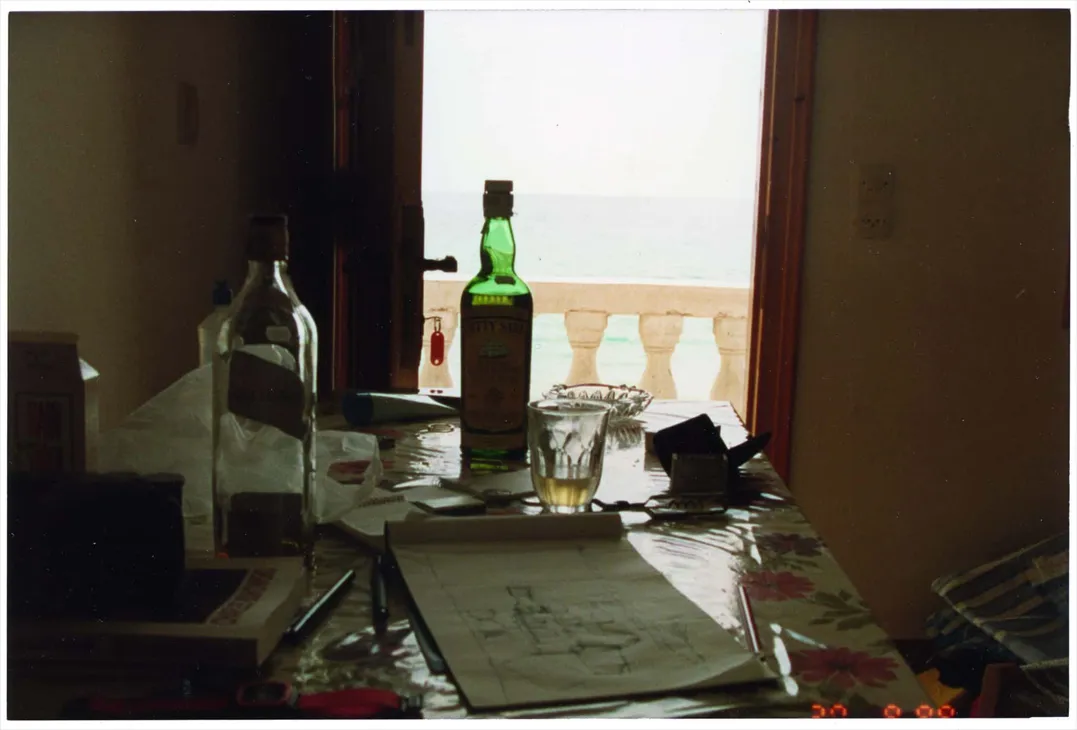
1/1

Author(s) / Team representatives
Cristian Beșliu
Profession
Architect
Website
Photo credits/design
Eredi Aldo Rossi
Text presentation of the author in English
Cristian Beșliu is an architect, co-founder of Alt. Corp. architecture studio, he holds a Ph.D. in architecture and is an assistant professor at IMUAU Bucharest.
Text abstract in English
Even though the famous classical baluster appears to be a classical element of ancient origin, it actually is something devised by Italian Renaissance architects to resemble the flower bud of the pomegranate tree (lat. balausta). This same hereditary line also seems to be valid when we consider the strong bond between the image that comes to one’s mind when thinking of a classical villa and that of vast terraces bound by never-ending rows of such balusters.
Even though, nowadays, a vast villa adorned with terraces of this sort is often considered to be a gratuitous and exuberant act of imitation bathed in vulgar opulence or lack of taste, its petit-bourgeois driving force has to be, to some extent, similar to the urge that fueled movements such as Romanticism, or neo-Palladianism. These “covers” of architectural “hit songs” may have to do with a certain need of capturing/recreating the sense of astonishment one associates with the originals. An outstanding example of such a “cover”, whose anchor point is the renowned classical baluster, is Aldo Rossi’s decades-long endeavor of finishing his “project for a Villa with Interior”.
In his second book, “A Scientific Autobiography” , Rossi enriches his previously established “theory of the city” with childhood memories, anecdotes, thoughts and obsessions. While speaking of the so-called “Villa with Interior”, he is ravaged by the fact that, despite his agonizing effort to finish this project, he fails to do so. However, at times, in his search of this mysteriously chimerical villa, he appears to recognize it in other things: his grandparent’s house, The Hotel Sirena where he spent his childhood holidays, or “a certain house on a certain lake”.
Rossi’s autobiography gives no solution for this impossible villa; however, it is not surprising that his thoughts often hint at his admiration for Palladio and his inherent propensity towards romanticism as a state of mind. Almost a decade later, during his holiday on the island of Samos (august 1989) – as we find out from his journals – Rossi stumbles upon a certain moment that seems to solve this intricate puzzle. A slightly dark room with ordinary things scattered upon a random tabletop, but, most importantly, an open window overlooking the Aegean Sea and a terrace with a classical balustrade. From this moment on, he will ceaselessly try to reenact this fascinating yet mundane scenery as his final and most important project, his family’s home in Ghiffa.
